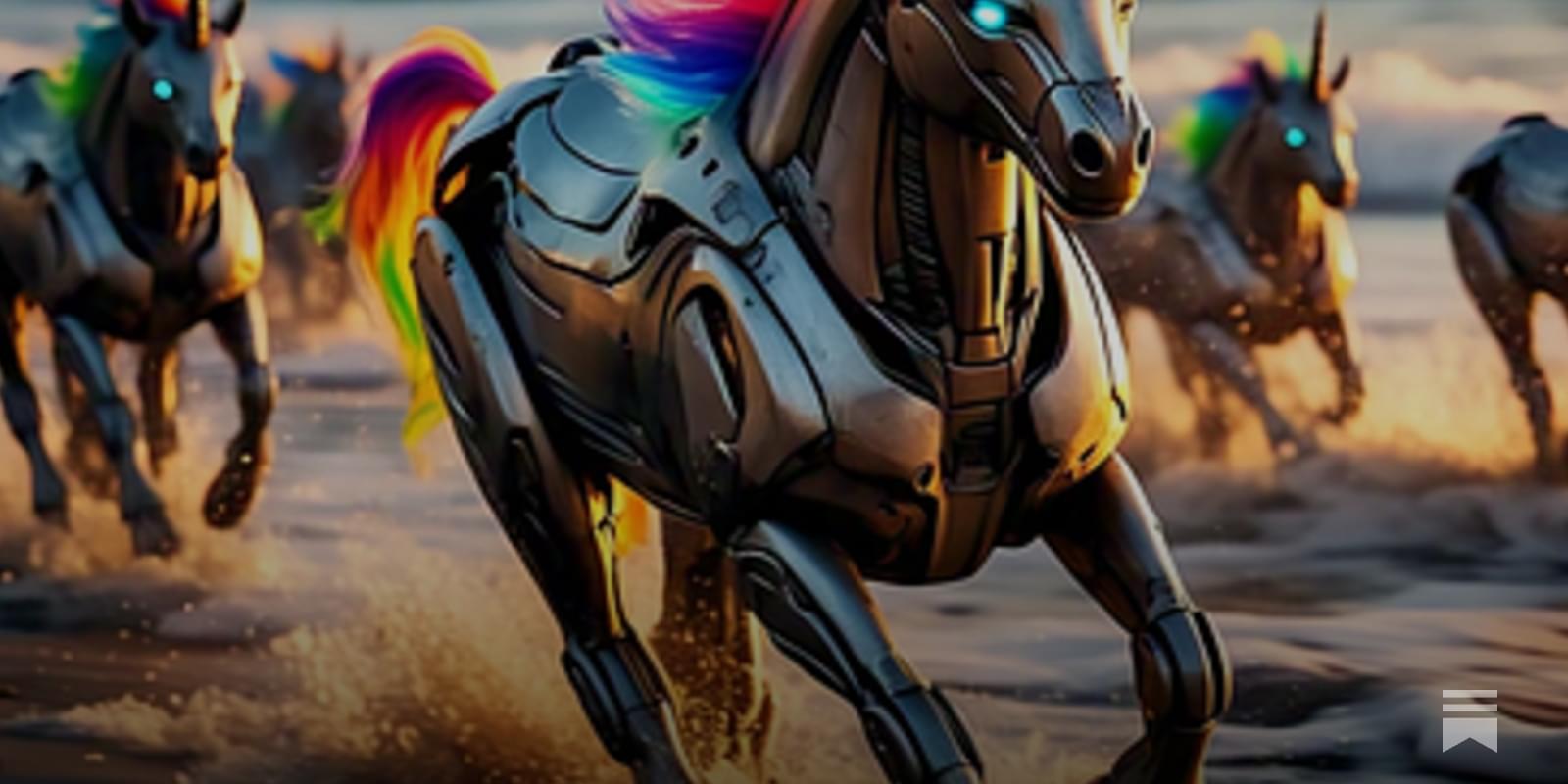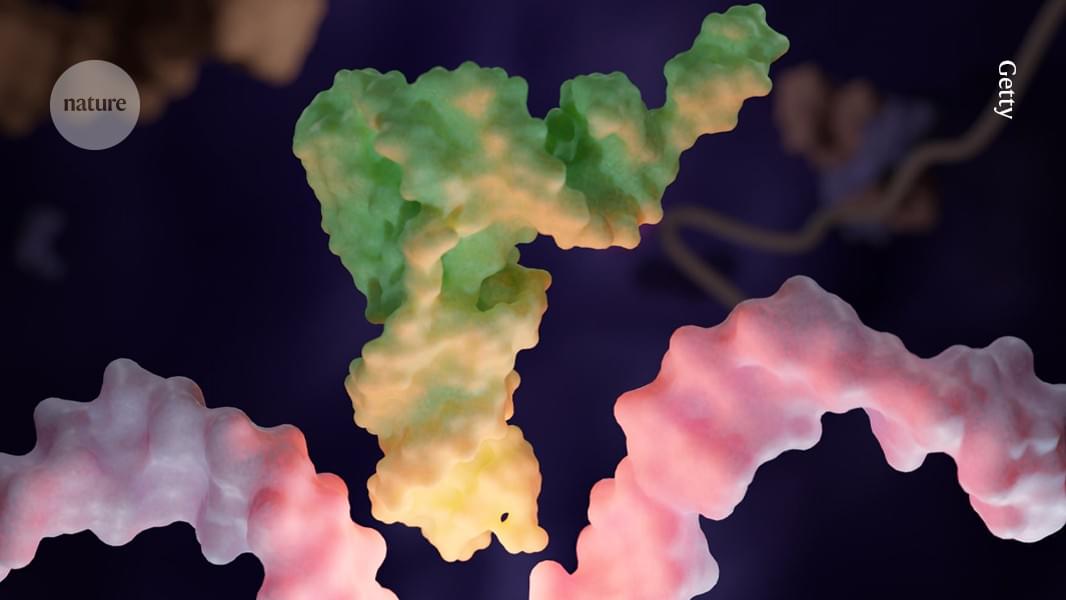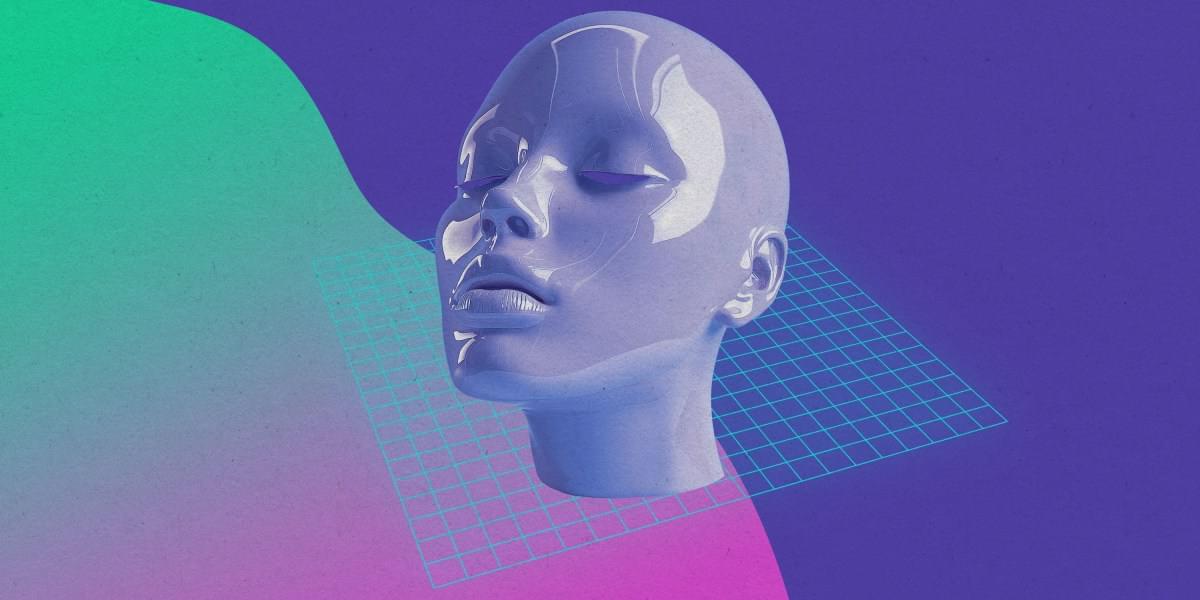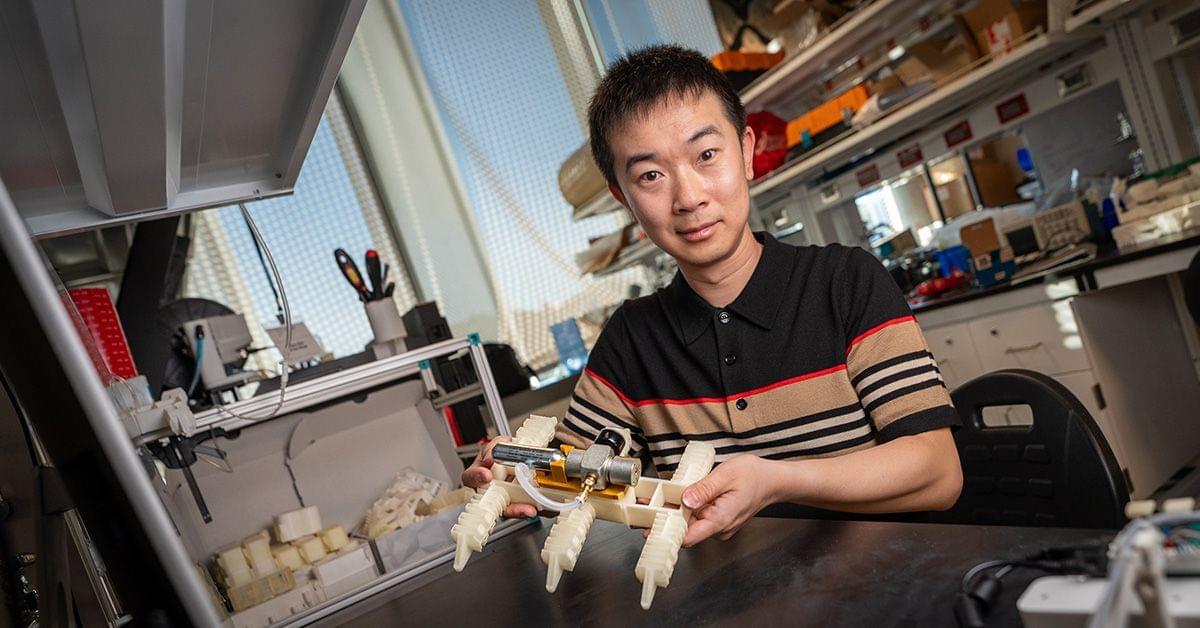Ten years ago, researchers proved that adding full memory can theoretically aid computation. They’re just now beginning to understand the implications.


The very public sharing of Gene Hackman and Betsy Arakawa’s health details raises ethical questions over privacy.
What’s Optimal For Biomarkers? https://www.patreon.com/posts/27-blood-whats-119239968Join us on Patreon! https://www.patreon.com/MichaelLustgartenPhDDiscount…

One of the key takeaways from the experiment is that quantum mechanics does not conform to classical expectations. By creating a GHZ-type paradox in 37 dimensions, the researchers demonstrated a breakdown of local realism in ways previously unexplored.
In classical terms, the paradox suggests that an event could occur without a causative link—like a letter appearing in your mailbox without a postal worker delivering it. In quantum terms, the experiment showed that the relationship between entangled particles was so deeply nonlocal that their correlations could not be explained by any hidden variables.
The research team mathematically confirmed that their experiment achieved the strongest recorded manifestation of quantum nonlocality. By showing that the paradox holds true even under extreme conditions, they provided new evidence that classical models fail to explain the quantum world.




Imagine a robot that can walk, without electronics, and only with the addition of a cartridge of compressed gas, right off the 3D-printer. It can also be printed in one go, from one material.
That is exactly what roboticists have achieved in robots developed by the Bioinspired Robotics Laboratory at the University of California San Diego. They describe their work in an advanced online publication in the journal Advanced Intelligent Systems.
To achieve this feat, researchers aimed to use the simplest technology available: a desktop 3D-printer and an off-the-shelf printing material. This design approach is not only robust, it is also cheap—each robot costs about $20 to manufacture.

In a new study published by researchers at quantum computing company Quantinuum and collaborators from Caltech, Fermioniq, EPFL, and the Technical University of Munich, scientists have used Quantinuum’s powerful quantum computer, H2, to simulate a notoriously difficult system—quantum magnetism —in a way that pushes beyond what classical computers can reliably achieve.
“Digital quantum computers are much more flexible/universal, but we have paid for that flexibility with many technical challenges,” Dr. Michael Foss-Feig of Quantinuum and the paper’s lead author told the Debrief.
“This paper is an indication that we are finally moving these more flexible/universal machines into the realm of practical (and scientifically illuminating) quantum simulation,” Foss-Feig said.

Why would anyone need this level of wavelength detail in an image? There are many reasons. Car manufacturers want to predict exactly how paint will look under different lighting. Scientists use spectral imaging to identify materials by their unique light signatures. And rendering specialists need it to accurately simulate real-world optical effects like dispersion (rainbows from prisms, for example) and fluorescence.
For instance, past Ars Technica coverage has highlighted how astronomers analyzed spectral emission lines from a gamma-ray burst to identify chemicals in the explosion, how physicists reconstructed original colors in pioneering 19th century photographs, and how multispectral imaging revealed hidden, centuries-old text and annotations on medieval manuscripts like the Voynich Manuscript, sometimes even uncovering the identities of past readers or scribes through faint surface etchings.
The current standard format for storing this kind of data, OpenEXR, wasn’t designed with these massive spectral requirements in mind. Even with built-in lossless compression methods like ZIP, the files remain unwieldy for practical work as these methods struggle with the large number of spectral channels.